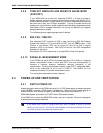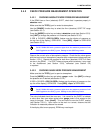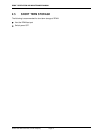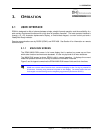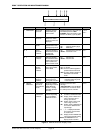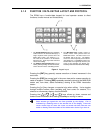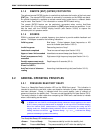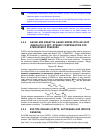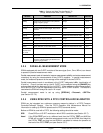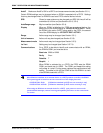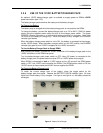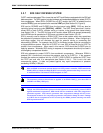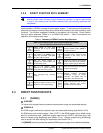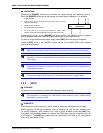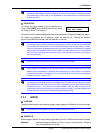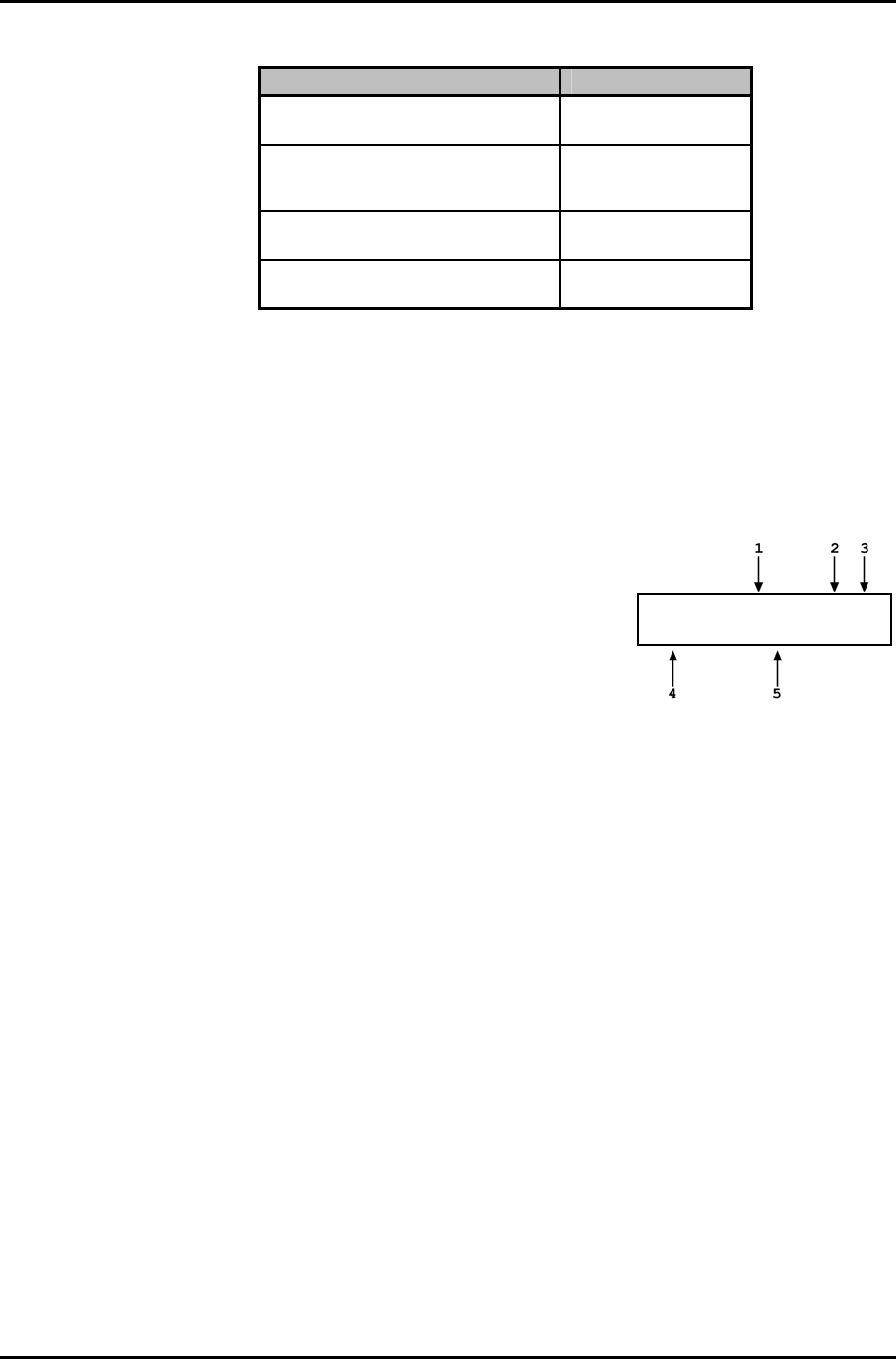
RPM4™ OPERATION AND MAINTENANCE MANUAL
© 2004-2007 DH Instruments, a Fluke Company Page 20
Table 3. Position Designators of Q-RPTs in an RPM4 System
Q-RPT POSITION DISPLAY SYMBOL*
Q-RPT with highest maximum pressure,
installed in HIGH RPT position
Hi
Q-RPT with lower maximum pressure in
dual Q-RPT RPM4, installed in LOW
RPT position.
Lo
Two Q-RPTs being used simultaneously
in parallel measurement mode
HL
Hi Q-RPT when used in differential
measurement mode
Hd
* The display symbol is included in the upper, right hand corner of most RPM4
menu displays as a convenient indicator of the active Q-RPT.
An RPM4 may have multiple ranges. Each RPM4 Q-RPT has a default range which is its
maximum span. Additional ranges, lower than the Q-RPT’s maximum span, may also be
created using AutoRange (see Section 3.3.4). Ranges created using are AutoRange
temporary but may be saved with all their settings for reactivation (see Section 3.4.1).
AN RPM4 range is identified by a range screen showing the Q-RPT used by the range, its current unit
of measure and its full scale pressure in gauge and absolute (if available) measurement modes.
The range screen is:
1. Q-RPT designator.
2. Type of range. DF for the Q-RPT’s default range; AR for a range
created by AutoRange.
3. Q-RPT position designator.
4. Current pressure unit of measure.
5. Full scale pressure in current unit of measure in gauge (<g>) and/or absolute
(<a>) measurement mode depending on type of Q-RPT and range.
Active A700K DF Hi
psi 100g/100a
The ranges available on an RPM4 system are accessed using [RANGE] (see Section 3.3.1)
and/or created using [AutoRange] (see Section 3.3.4).
Most settings made in an RPM4 range, such as unit of measure, measurement mode, display
resolution, and stability setting are specific to the range. Settings selected while one range is
active apply to that range and not to other ranges. The range specific settings are stored with
the range and recalled whenever the range is made active. This makes setting up ranges a
convenient way to store and recall frequently used operating configurations. See Table 4 for a listing
of RPM4 adjustments and settings and whether they are range, Q-RPT or system specific.



